Our partners
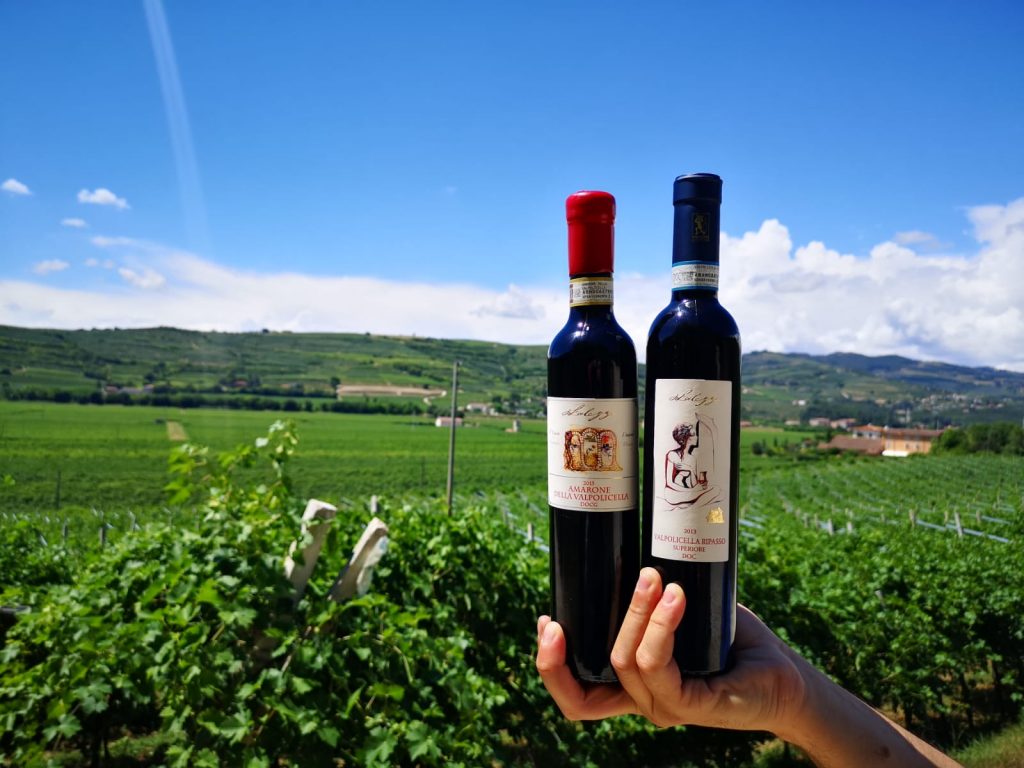
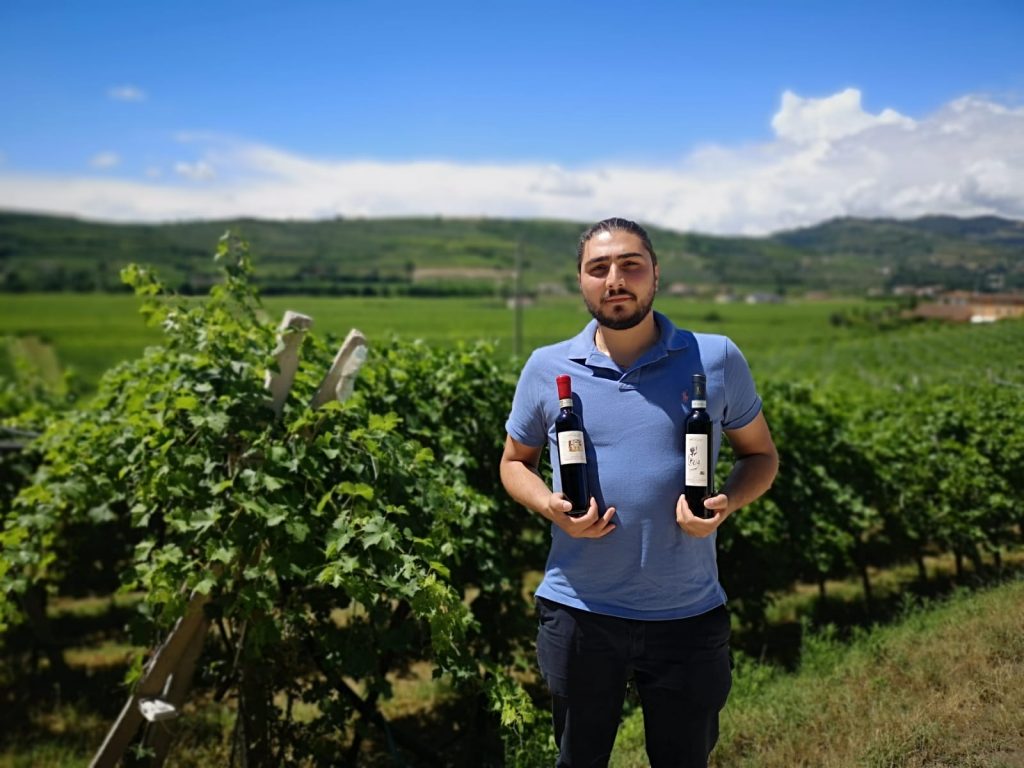
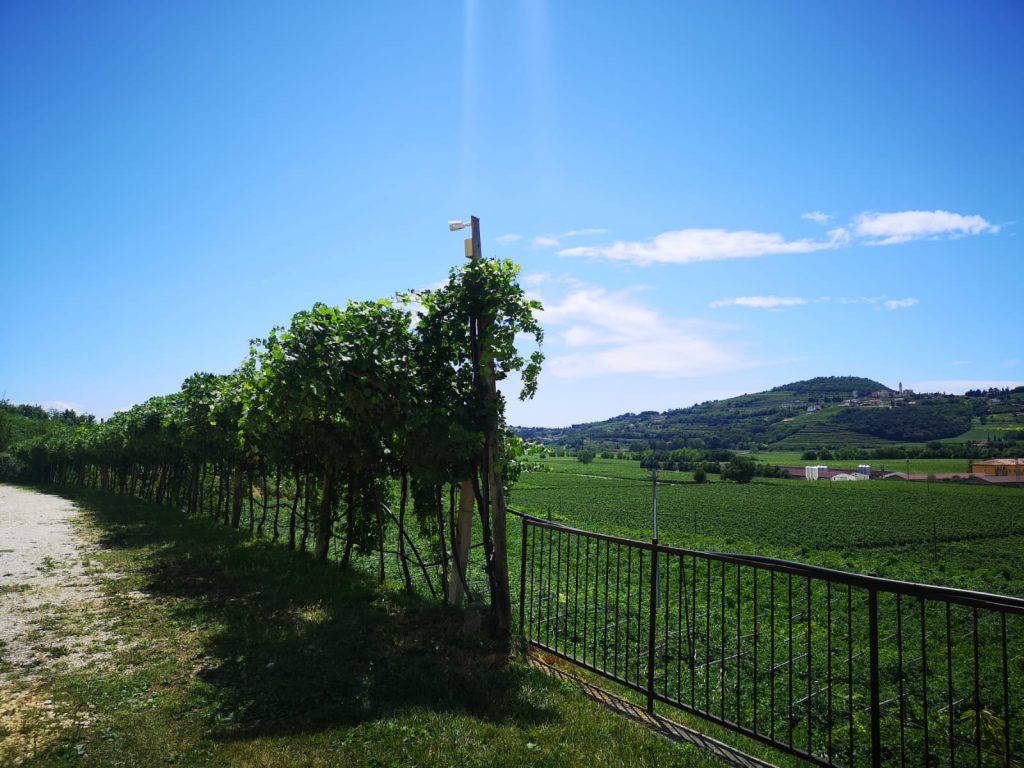
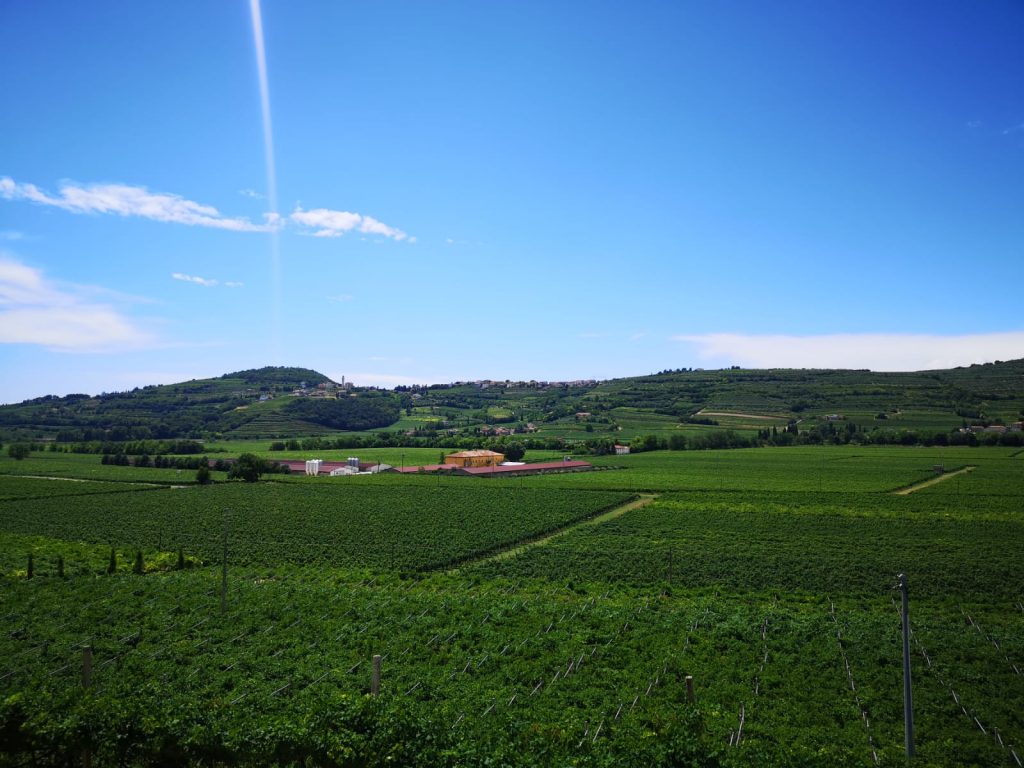
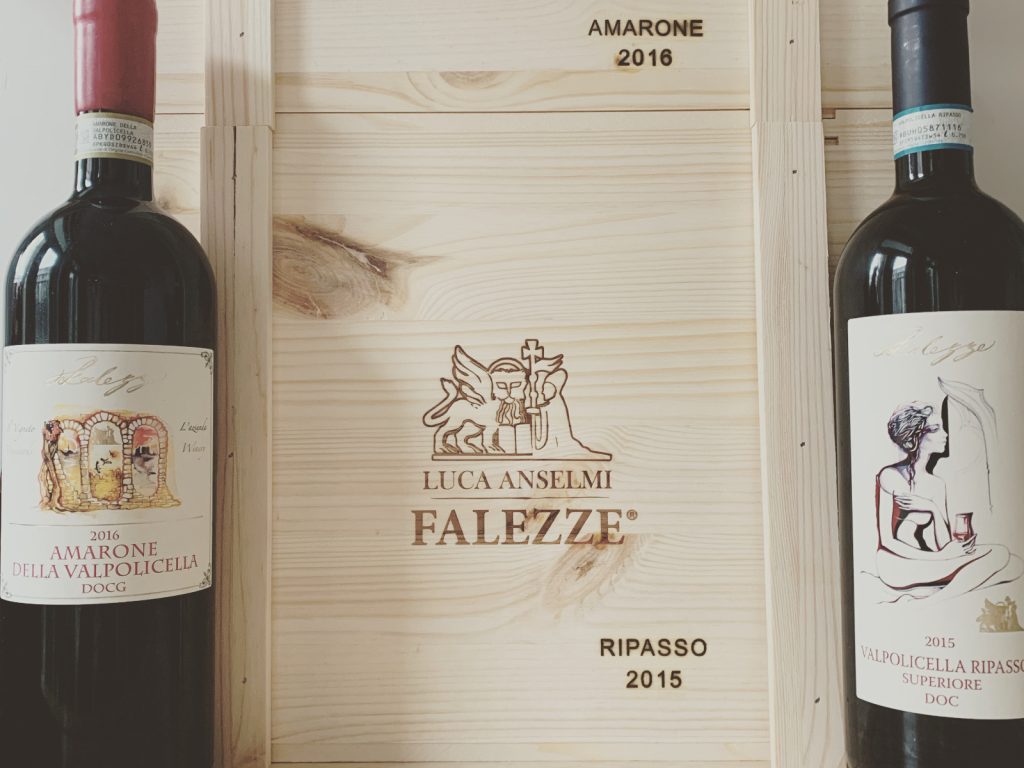
Previous
Next
Vindemia Falezze
Verona (Italy)
The art of grape drying in the Veronese has been practiced since Roman times when fruit was left to shrivel on fibre matting.
In Falezze, the crates, called cassette, are stacked together, stretching almost from floor to ceiling in our fruttaio or drying room situated on the top floor of the winery building.
During this period, approximately three months, the primary effect of drying grapes is the substantial loss of weight which the process brings about (grapes will lose on average between 30-40 per cent of their weight through evaporation).
The main changes brought about by appassimento (from the verb ‘appassire’, to wither or shrivel) are the increased levels of sugar and glycerol; the balance between glucose and fructose sugars is tilted in favour of the latter which are sweeter tasting as the glucose sugars are partly transformed into glycerine and gluconic acid.
The speed of appassimento, as regulations recognize, is governed by the three variables of temperature, humidity and air circulation. Higher temperatures speed up the process, as does greater ventilation, while a rise in humidity levels will slow things down (with a correspondingly increased risk of mold and rot infection).
All in all, appassimento is an extremely complex process and managing the many variables discussed above means that these three months in Falezze winery are rarely tranquil ones!
GROUND PROPERTIES
The stonyness is moderate, in some points high, its sub-layer is made up of compact and stratified limestone rocks.
In the vertical section of the soil it is possible to notice in the superficial part the marked clayey and gravelly properties. The soil is extremely calcareous and moderately alkaline, while in its deepest part there is a sandy loam texture.
Its soil permeability as a whole is moderate with good drainage giving the vine a good water autonomy.
The ground is rich in microelements, this characteristic stimulates the vine to produce many roots and explore the soil in depth. The result is the production of a large root system which is a “natural reservoir” of important substances including microelements unmistakably present in wine.
Year: 2016
Would you like to taste our European wines?
You can organise a dinner or just buy our wines.




